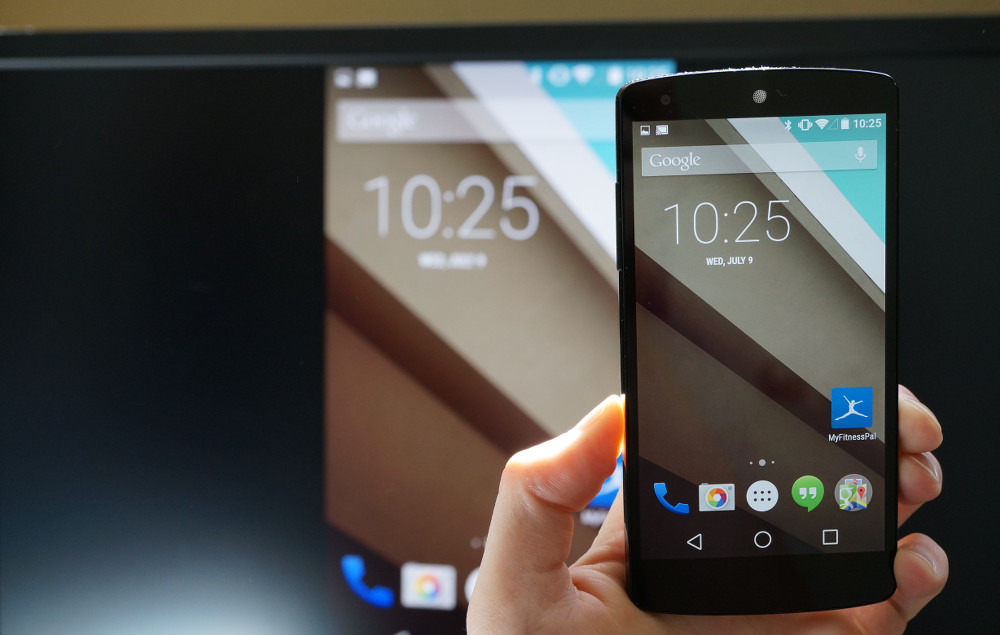A Sexy Semi-Functional Case
The iPhone 6 and 6 Plus are beautifully crafted smartphones. Covering the iPhone with a case seems disgraceful, however, a broken screen is an equal disgrace. As a result, finding a case that maintains the level of design mastery while providing sufficient protection is a near impossible challenge. The Element Solace case almost achieves that impossible feat (for the low price of $100), but falls short in one critical area.
Design
The Element Solace case is a beautifully crafted combination of CNC milled aluminum and poly-carbonate. The three-piece design has a top and bottom crown that are made of milled aluminum to protect the fragile weak points of the device: the corners. (More on protection in the next area.) Additionally, the third piece is a sturdy yet soft-to-the-touch piece of poly-carbonate that beautifully wraps around the body of the device. This piece has built-in aluminum buttons that give you access to both the power and volume buttons along the side of the phone. The three pieces fit together with a satisfying snap.
The case has cutouts to expose the camera, speaker, headphone port, and lightning port. It’s worth mentioning that the headphone port hole is larger than most and accommodates the majority of headphone cord sizes. I have had challenges in the past with other cases that don’t allow me to plug in some of my headphones. That wasn’t the case with the Element Solace.
My favorite aspects of this case is the polycarbonate body. Not only is it an extremely strong substance, but it also gives the phone a material that is much easier to grip during one-handed use. When I first purchased the iPhone 6 Plus, the back of the device was so slippery that there were many instances where it nearly slipped out of my hands. That simply wasn’t the case while using the Element Solace case. The material just feels good. When people saw and asked about the case, I always invited them to hold the phone with the case on and provide feedback. The response was synonymous, the phone feels incredibly good with the Element Solace on it.
Overall, the case is stunning from a design standpoint. On multiple occasions, I received compliments on the design of the case. The most negative comment the case ever received was that it made someone mistake it for an Android phone. (I represent the Apple Fanboy side of the company) I have almost nothing negative to say regarding the design of the case .
Protection
While the case received a very high score from a design standpoint, it falls quite short in area of protection. For one, to keep the case from being overly bulky, there is very little padding inside of the case. This results in a case that transfers the majority of the shock to the phone itself instead of absorbing it. Additionally, the top and bottom crown of the case do not have any padding at all.
As a result, this case does not provide much protection when it is dropped. My wife accidentally dropped the phone directly on its face on a tile floor from about 2 feet up and the shock created a small crack in the side of the screen. (Pictured right/above) In fact, the crack was likely caused as a result of the case. Take a look at the picture on the right/above. You’ll notice that the crack is in an obscure place. Upon investigation, I noticed that the crack aligns with where the bottom crown makes contact with the side of the phone. As previously mentioned, the bottom crown does not have any padding and the lip of the crown protrudes just enough to where the shock of the drop cracked the glass of my screen from a small drop.While the crack isn’t huge nor overly noticeable, it’s disappointing that the case does not provide ample shock protection, despite being one of the most expensive cases on the market.
While the case struggles with shock protection, the metal poly-carbonate case are quite sturdy against force. For example, I was able to put all of my weight (200 lbs.) on one foot with my iPhone face down on hard-floor without causing any damage. The polycarbonate piece does have some flex and wouldn’t likely be able to withstand a heavy object resting directly on that portion of the case. However, if distributed across the polycarbonate and metal crowns of the case, it can definitely support quite a bit of weight. While I didn’t test it with a car or semi-truck, let’s just say I was able to step on my phone without being fearful that this could be the end of my beloved iPhone 6 Plus.
While protection against such force is good, most people buy cases to protect against drops. As a result, I can’t recommend this case from a protection standpoint.
Overall, if you’re looking for a case that will keep the beauty of your new iPhone intact while offering a small portion of protection, the Element Solace could be the case to buy. It does provide protection against forces such as being stepped on and makes one-handed use of the iPhone 6 Plus much more manageable. However, the iPhone 6 is a beautiful device as it is and the case is by no means better looking (in my opinion) than the iPhone 6 Plus by itself. As a result, I personally feel you’re better off keeping your iPhone caseless than dropping $100 dollars on a case that could actually cause more damage instead of inhibit it. As beautiful as it is, I can’t personally recommend the Element Solace phone case. Let us know what you think in the comments below.

































